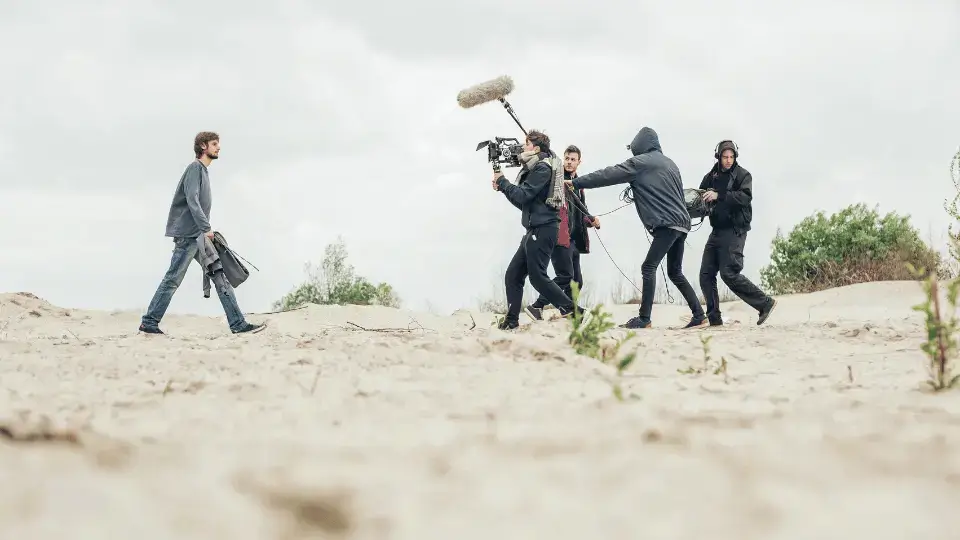Mastering City of God Cinematography: Tips and Tricks for Success
If you are a cinematographer or aspiring to be one, you probably already know about the Brazilian film City of God. This movie is widely regarded as a masterpiece in the world of cinema, and its cinematography is truly exceptional. In this article, we will explore the cinematography of City of God and provide you with some tips and tricks to help you master the art of cinematography.
Understanding the Story
The first step to mastering the cinematography of City of God is to understand the story. The movie is based on real events that took place in a Brazilian favela in the 1960s and 1970s. The story follows the lives of several characters, including a young boy named Rocket who dreams of becoming a photographer. The cinematography of City of God is designed to reflect the gritty, chaotic nature of life in the favela, and to capture the emotions and struggles of the characters.
Using Handheld Cameras
One of the most distinctive features of the cinematography in City of God is the use of handheld cameras. The filmmakers used handheld cameras to create a sense of immediacy and intimacy with the characters. This technique also allowed them to capture the frenetic energy and chaos of life in the favela. If you want to master the cinematography of City of God, you should experiment with handheld cameras and learn how to use them to create a sense of intimacy and immediacy in your own work.
Lighting and Color
Another important aspect of the cinematography in City of God is the use of lighting and color. The filmmakers used a combination of natural and artificial light to create a sense of realism and authenticity. They also used color grading to create a distinctive look for the movie. The use of desaturated colors and high contrast helped to create a gritty, realistic feel that reflected the harsh reality of life in the favela.
Composition and Framing
The cinematography in City of God is also notable for its use of composition and framing. The filmmakers used a variety of techniques to create interesting and dynamic shots. They used wide-angle lenses to capture the vastness of the favela and to create a sense of depth. They also used close-ups to create intimacy with the characters and to capture their emotions. If you want to master the cinematography of City of God, you should experiment with different lenses and framing techniques to create interesting and dynamic shots.
Sound Design
Finally, the sound design in City of God is also an important aspect of the cinematography. The filmmakers used a combination of diegetic and non-diegetic sound to create a sense of immersion and realism. They also used sound to create a sense of tension and to heighten the emotions of the characters. If you want to master the cinematography of City of God, you should pay attention to sound design and learn how to use sound to enhance the emotional impact of your work.
Key Takeaways
To master the cinematography of City of God, you should understand the story, use handheld cameras, pay attention to lighting and color, experiment with composition and framing, and pay attention to sound design.
If you are serious about pursuing a career in the film industry, you may want to consider taking the NYU Film and TV Industry Essentials online course and certificate program. This program will provide you with a comprehensive overview of the film and TV industry and will help you develop the skills and knowledge you need to succeed.




